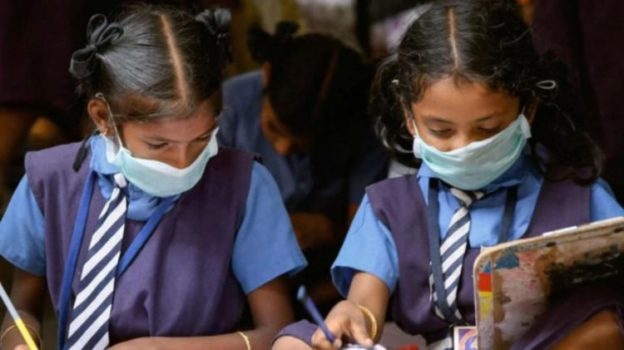The pandemic has shown that people are not ready for disasters on a global scale. Even though we are thought to be the smartest species, we don’t know how to solve some problems. Everyone has been affected by the current state, and it’s hard to find someone who has managed to stay away from it. Maybe people who worked from home before the pandemic had fewer problems than people who worked in an office. For example, professional college essay writers have continued to help students with their assignments without making big changes. Assignment writers think that the young people’s lives changed in many ways because most schools had to go online and talk to their students from far away.
Getting away from people has now became the top priority after pandemic. The world is slowly getting back on track again. Young people can go back to school when a new semester starts and study in groups. Still, it will be hard to miss all the changes in student education during this time.
Pandemics affect the education of students in the following ways.
-
Mental health is getting worse.
When it comes to how the pandemic affects students’ education, it’s best to start with the most important thing. Students’ mental health and well-being were hurt when schools were closed. Few young people can say the opposite because most have started to have anxiety problems and even become depressed.
Even though they can always use a custom term paper writing service, it doesn’t help them deal with long-term problems. The closings are a big loss for all students because not all students can say that they live in a healthy environment. These things only make mental health problems worse and hurt the quality of education.
-
Less successful in school.
Even though many people want to work for themselves, they don’t know how to keep track of their time and meet deadlines. The same thing happens with students since only a small number of them have learned how to do things independently. When they’re not in college, many young people get way too laid back. So, their grades have gone down, and so have their chances of graduating.
In addition to their problems, many young people had to deal with problems from the outside. For example, many students had to leave their dorms and go back home, where they had to share their rooms with younger siblings. Because of the pandemic, some parents lost their jobs, so home life left a lot to be desired. Even when things are going well, it can be hard to keep up with schoolwork, so the pandemic has become a huge obstacle to getting an education.
-
Unfair evaluation
Students got grades based on the information that their schools gave them. The second group calculated them based on how well the students did in school before the pandemic and how likely they would get certain grades if the pandemic had never happened. Due to the possibility of bias in teacher evaluations, this idea caused a lot of anger. It’s not news that a student’s gender, race, etc., can sometimes be a reason for a low grade. Even if a person gets a well-written assignment from a research paper helper, they still don’t get the grade they deserve.
-
Unable to get internet access.
When schools went online, having a stable internet connection became very important. But closing campuses and dorms have made a big difference between young people who have access to the internet and the devices they need and those who don’t. More than 35% of students can’t afford laptops, so they have to skip online classes and video conferences because most smartphones can’t do these things.
Many young people had part-time jobs while in school, so when they went home, they lost a lot of money. Even more, problems came up for international students because they had to leave the country and deal with everything independently.
-
Not ready for distance learning.
When the global pandemic started, schools and colleges started to use distance learning as soon as possible. Even though some colleges had started adding online courses before the lockdown, they were not ready to go completely online. They didn’t have any experts who could help them solve this problem with as few losses as possible. But things have changed a lot in the last two years, and some colleges may decide that online courses are their top priority. They have already gotten through the hardest and most confusing parts, so they won’t stop working on the online courses for a long time.








